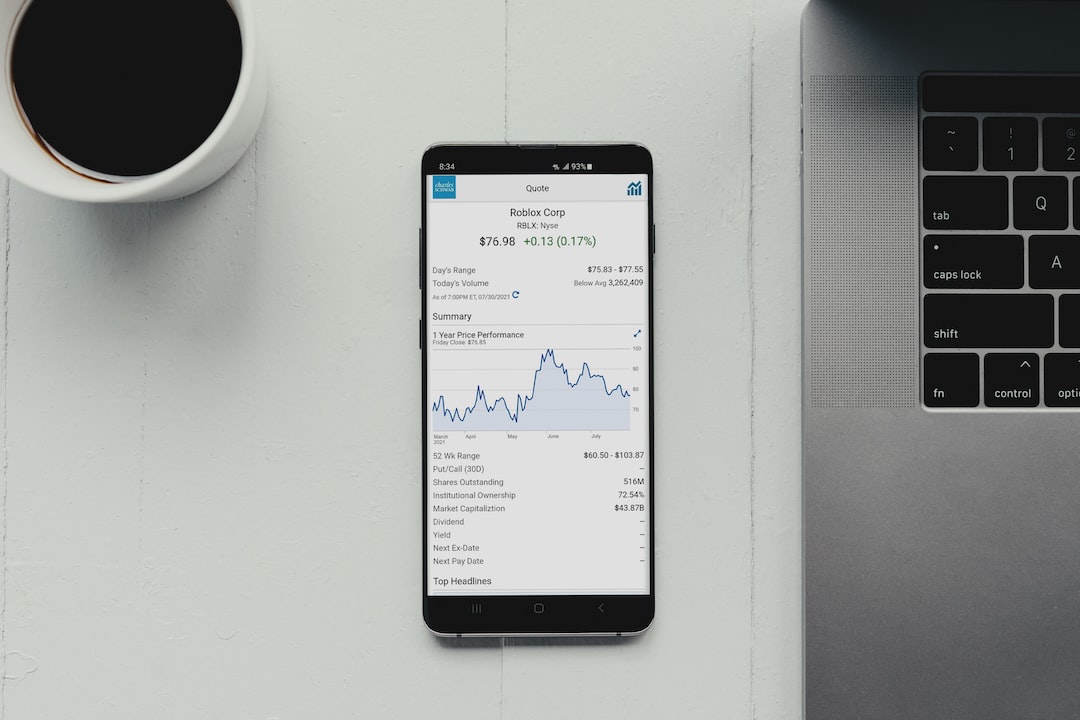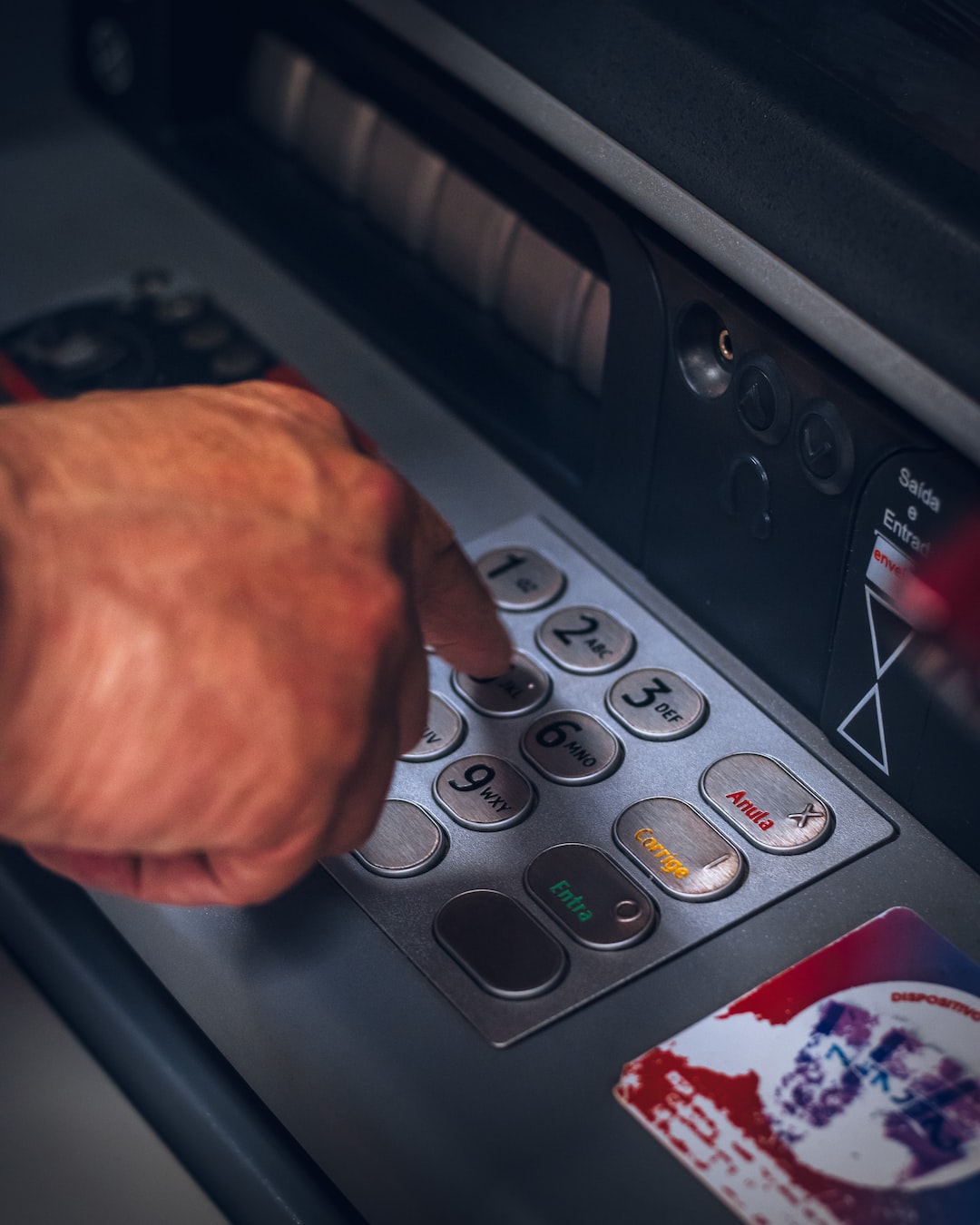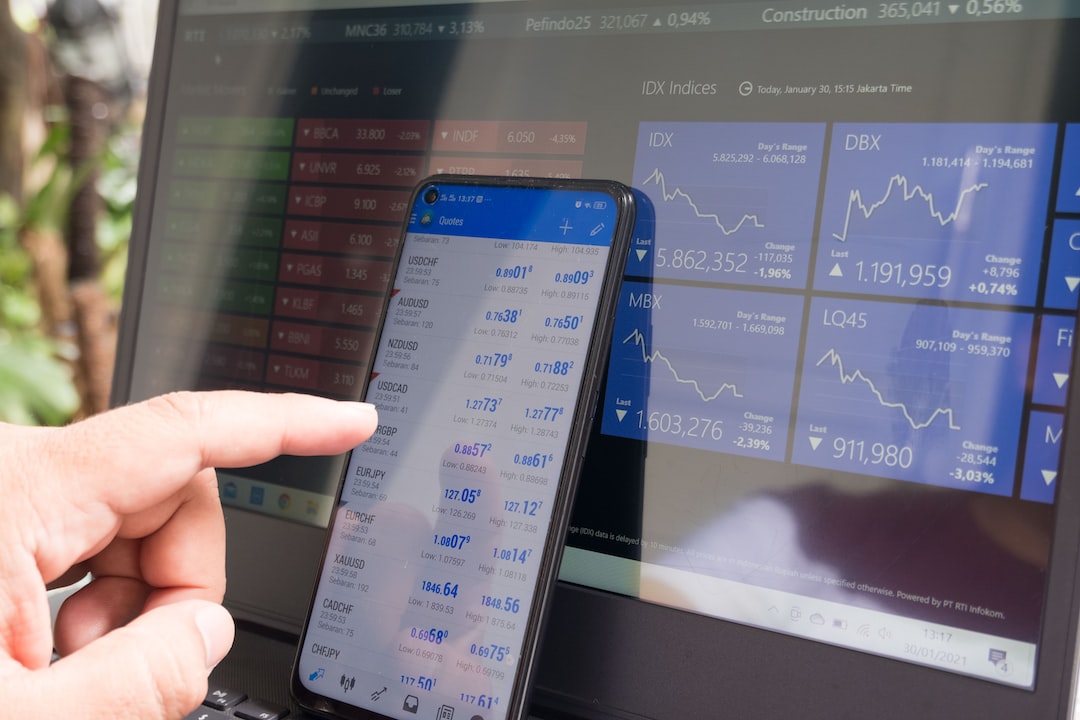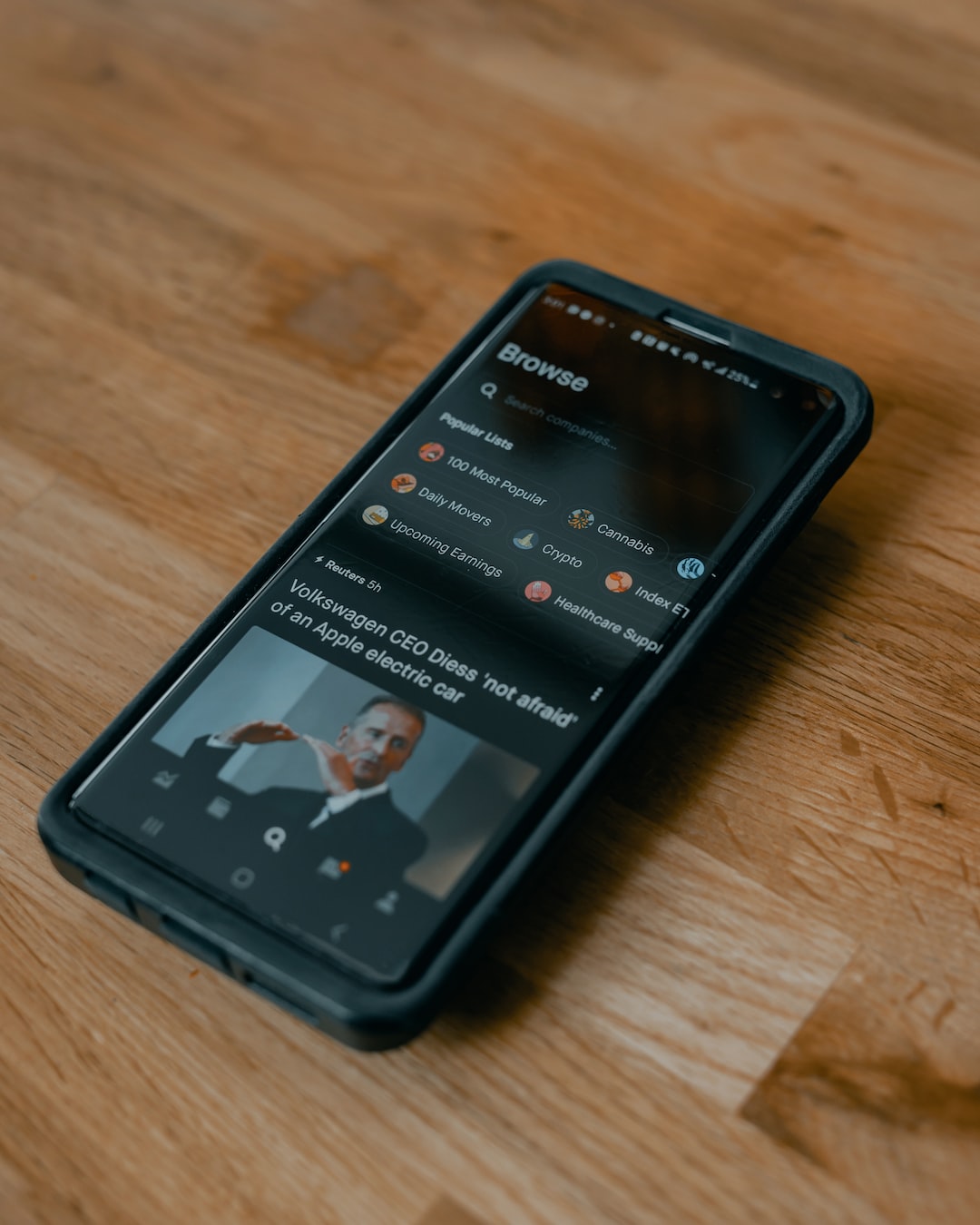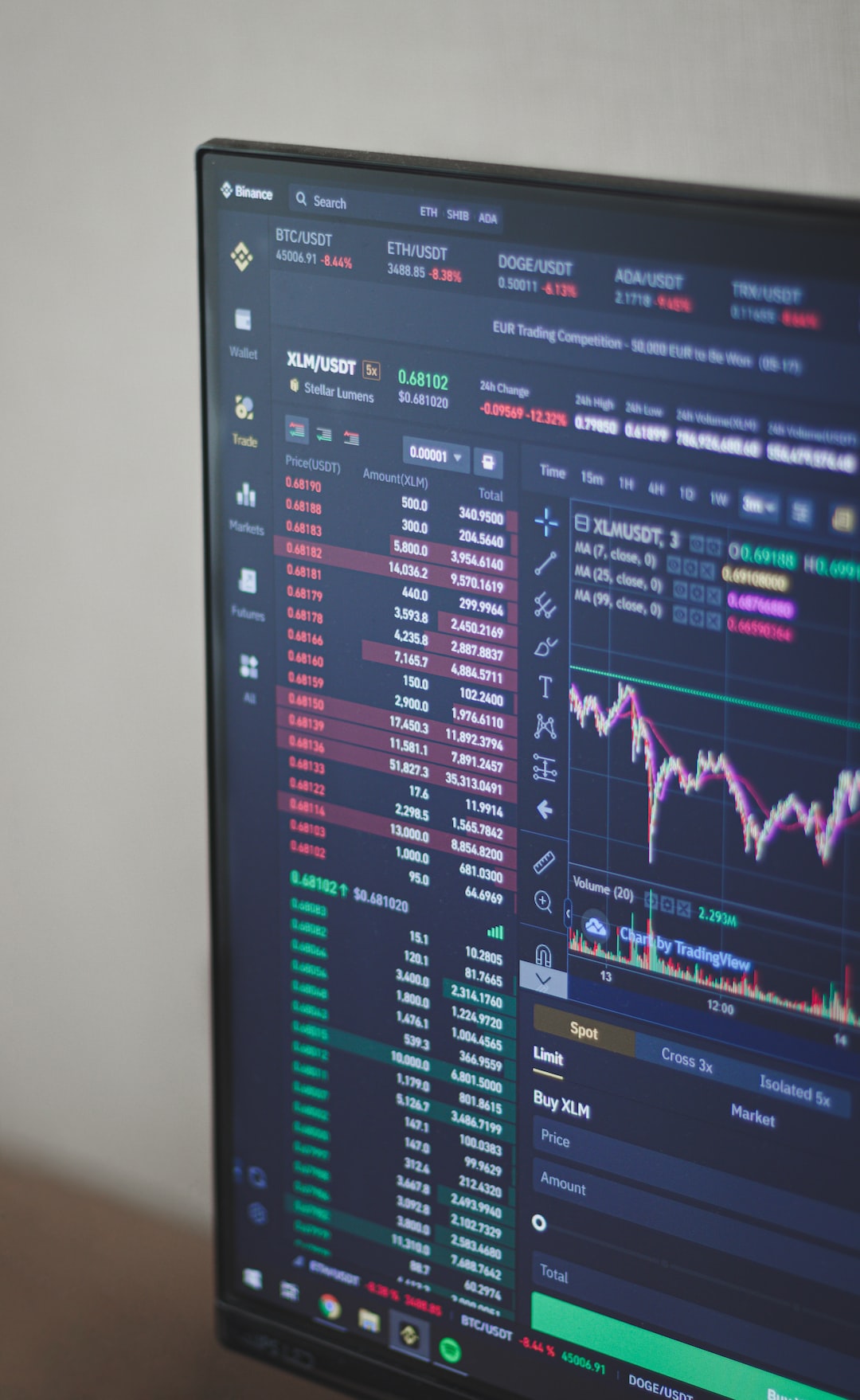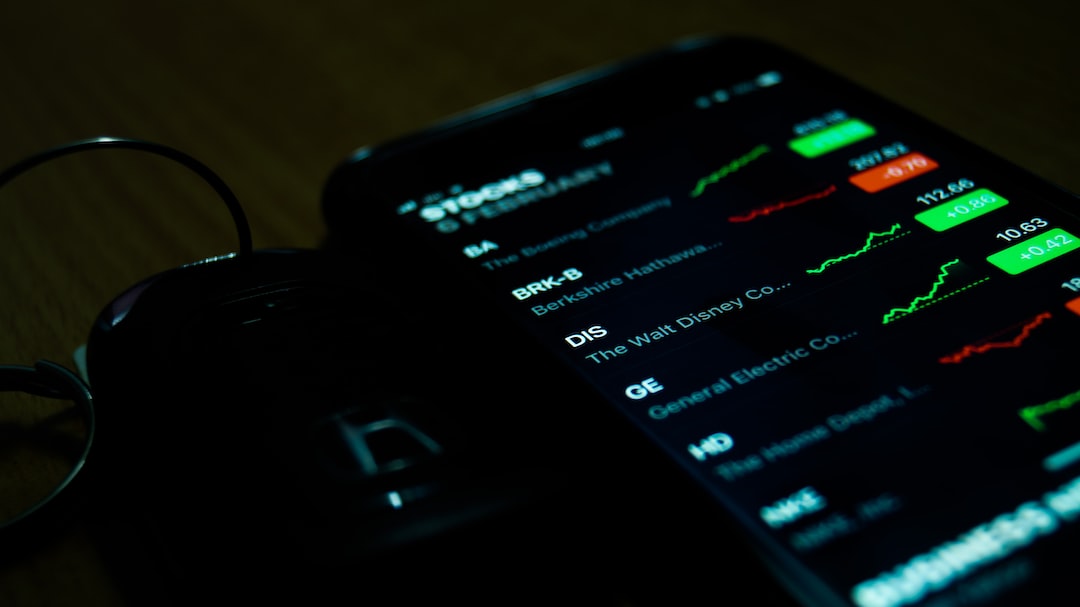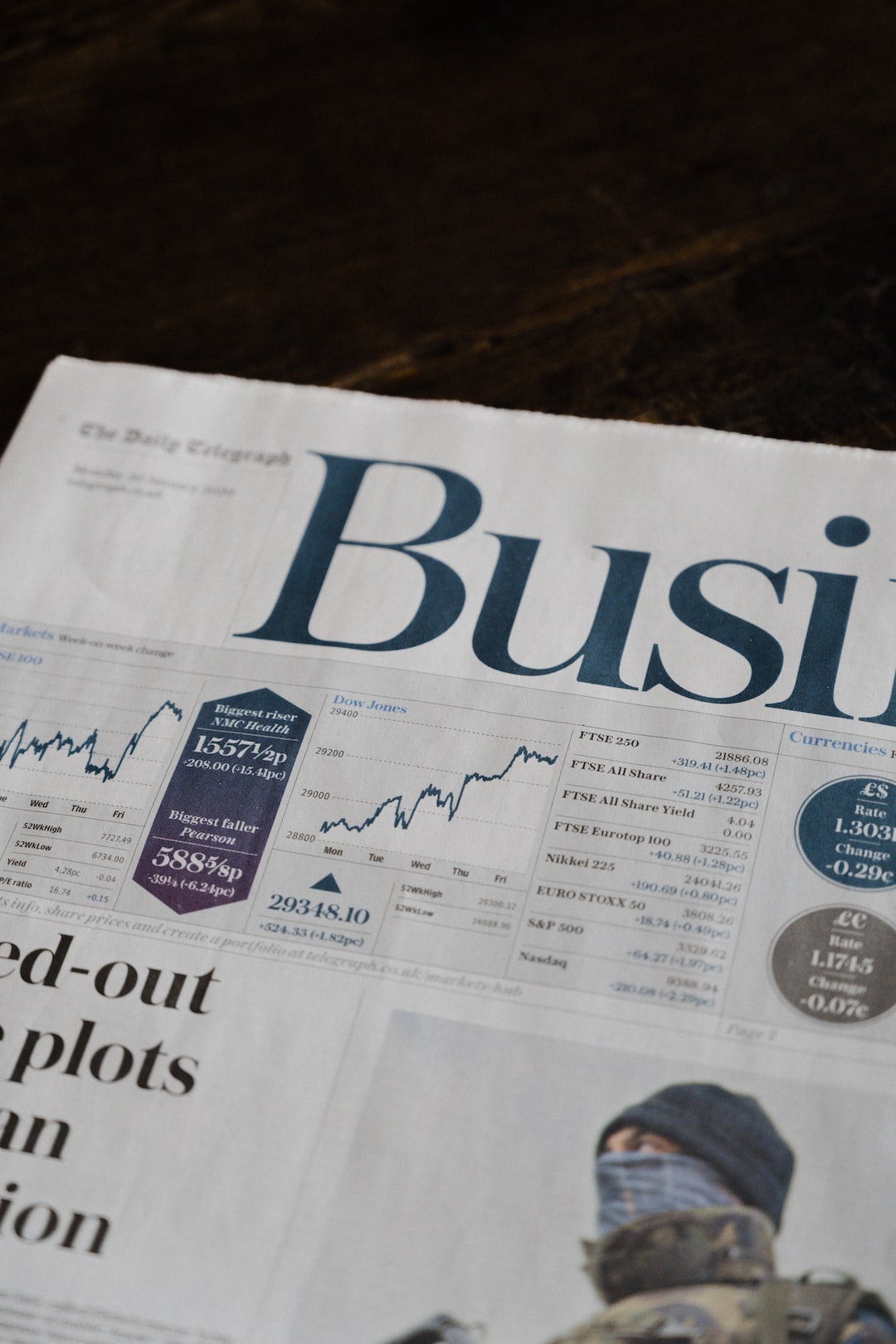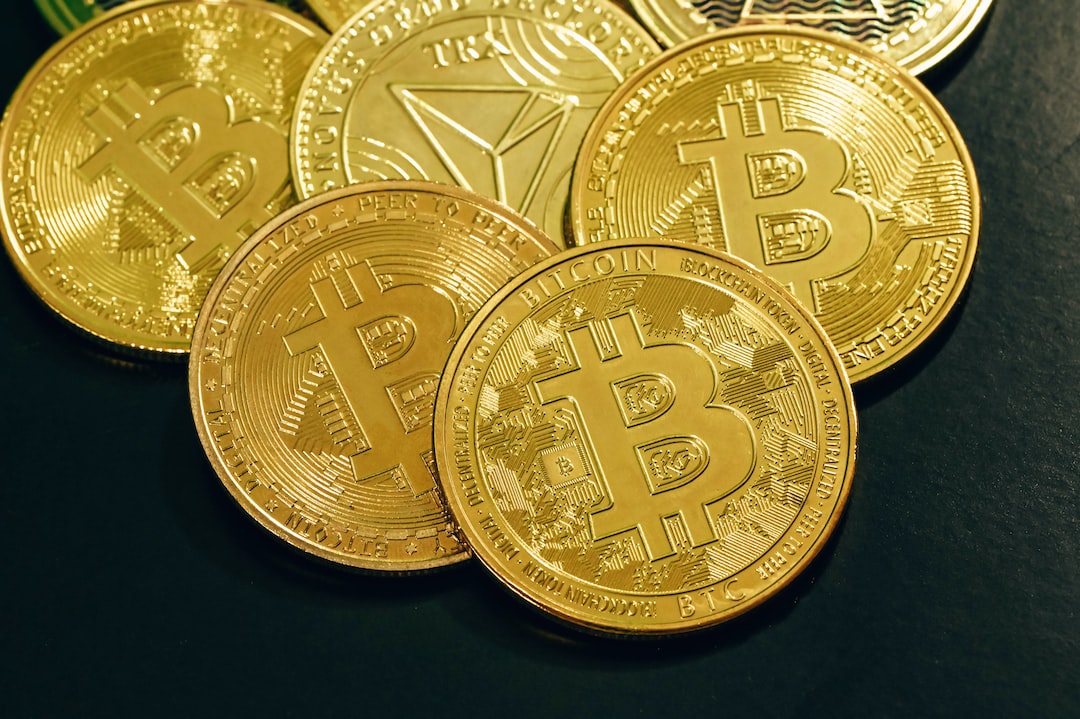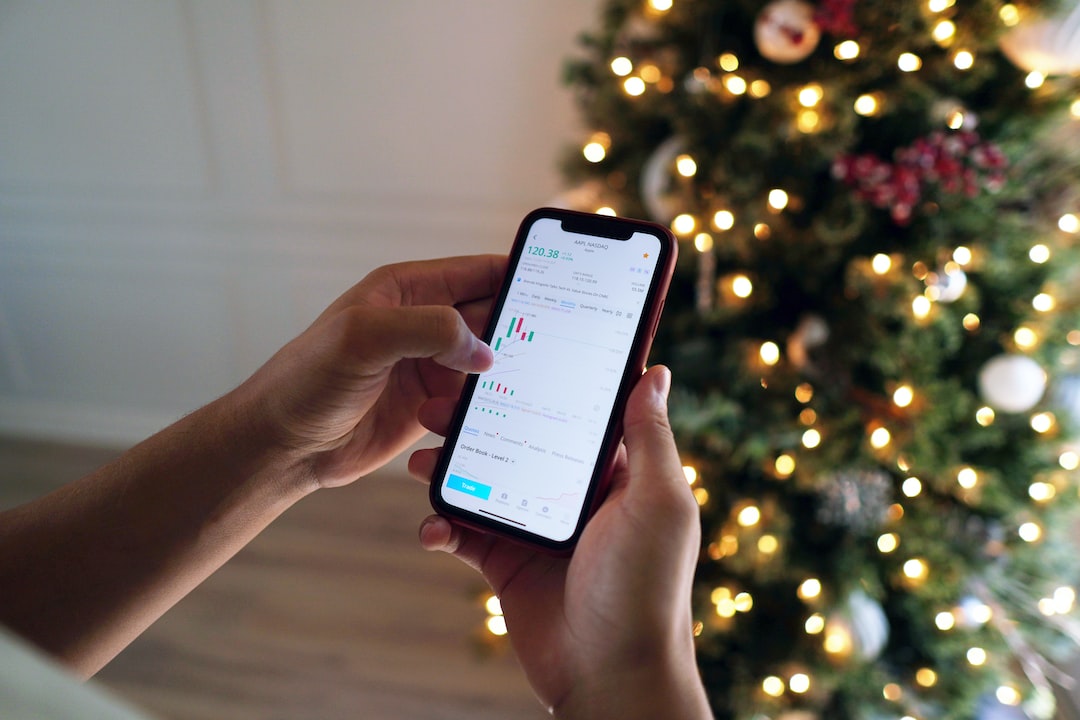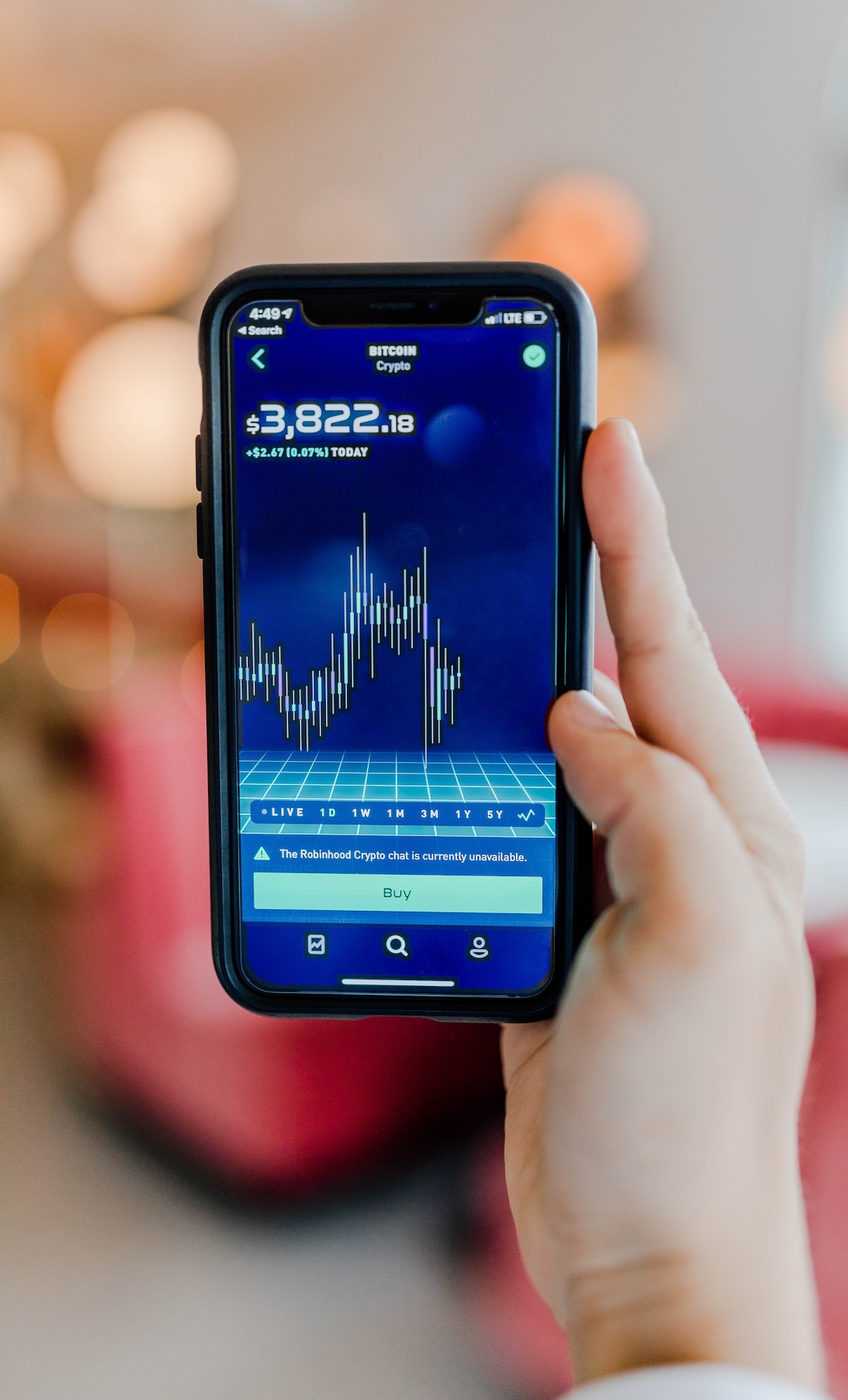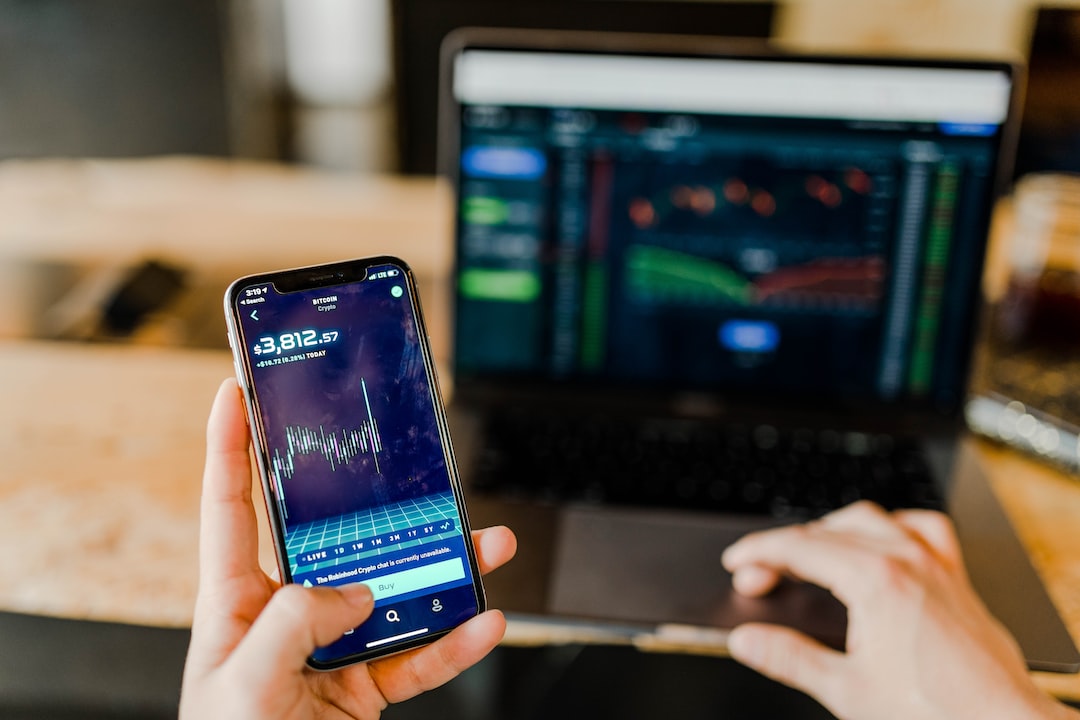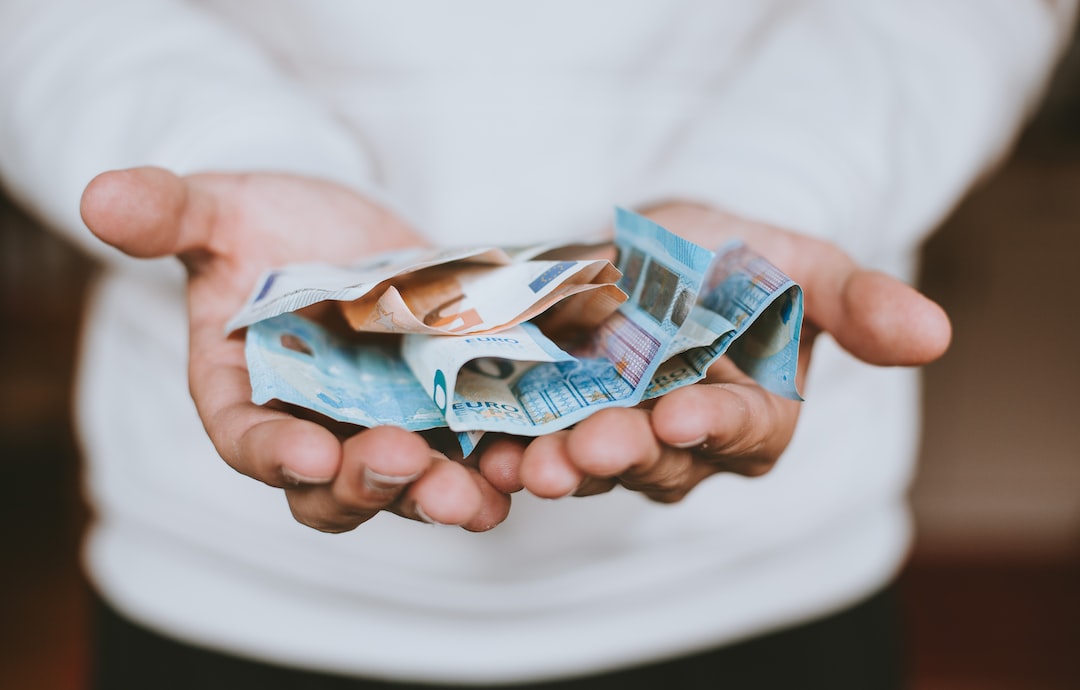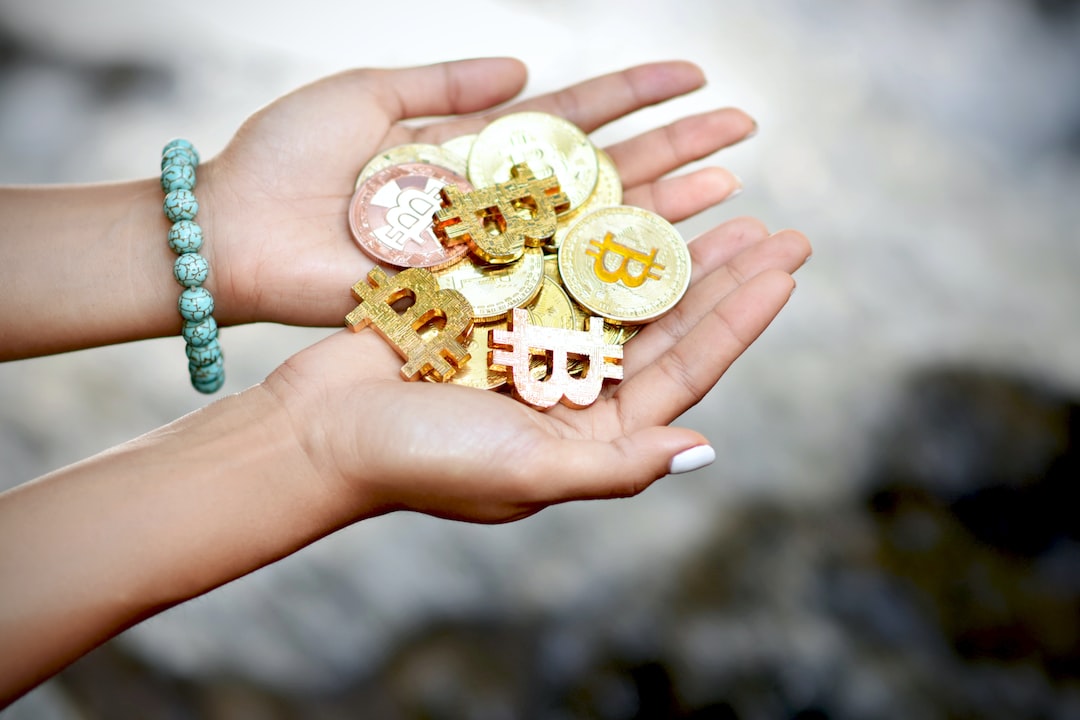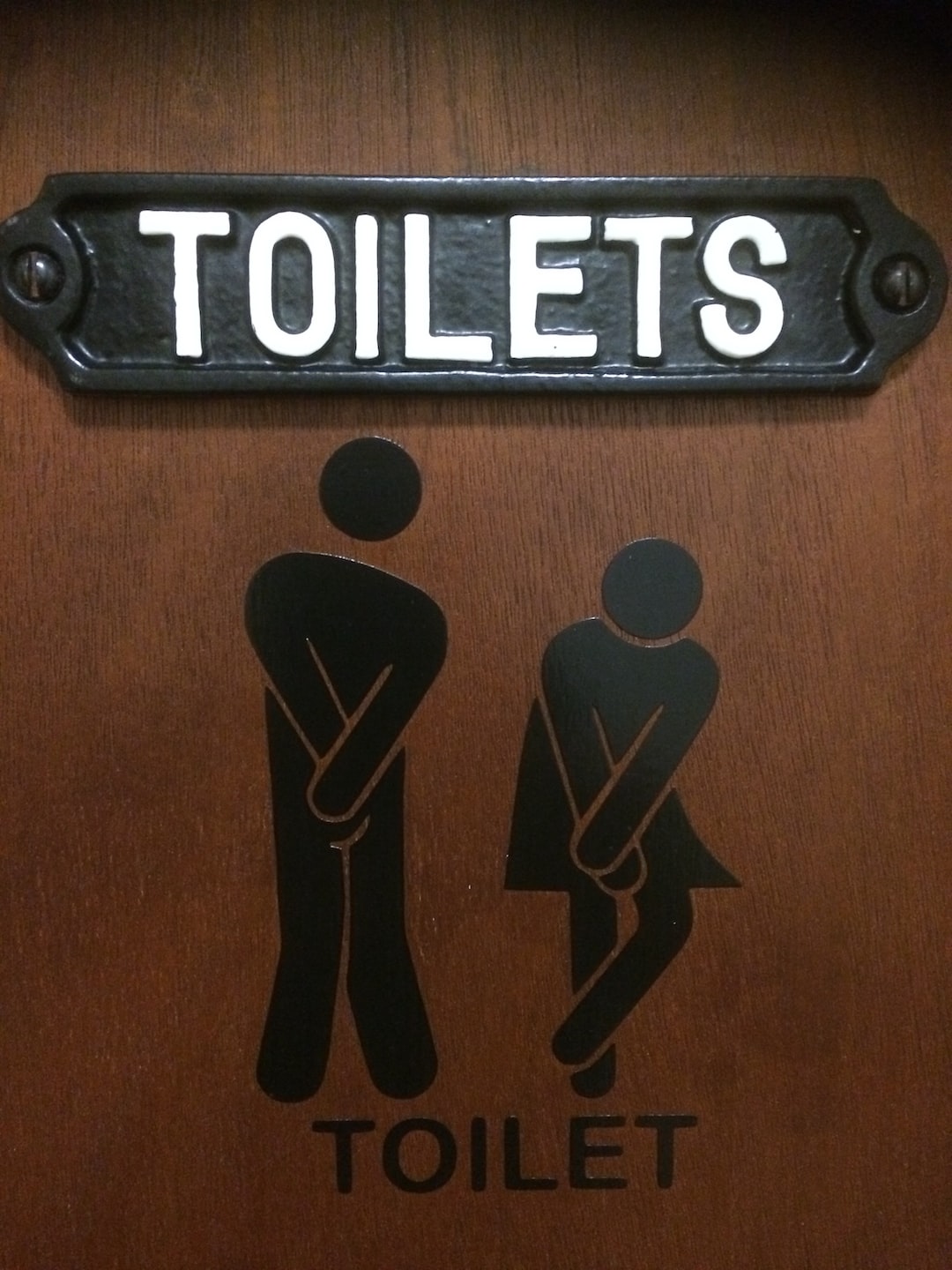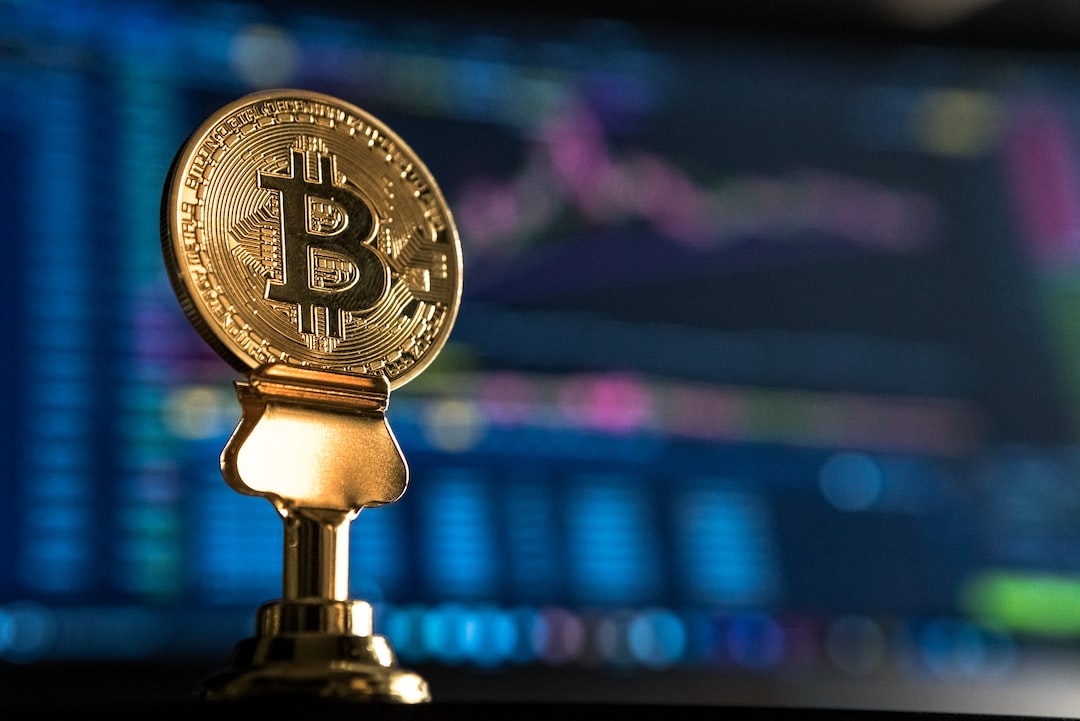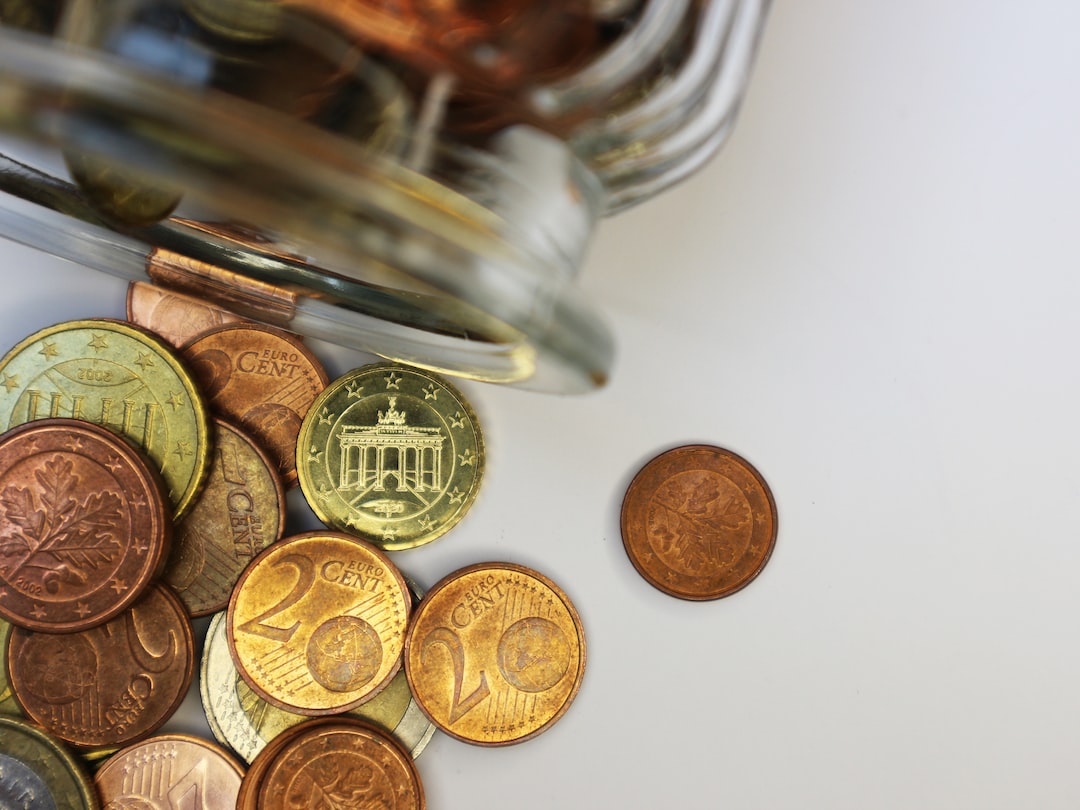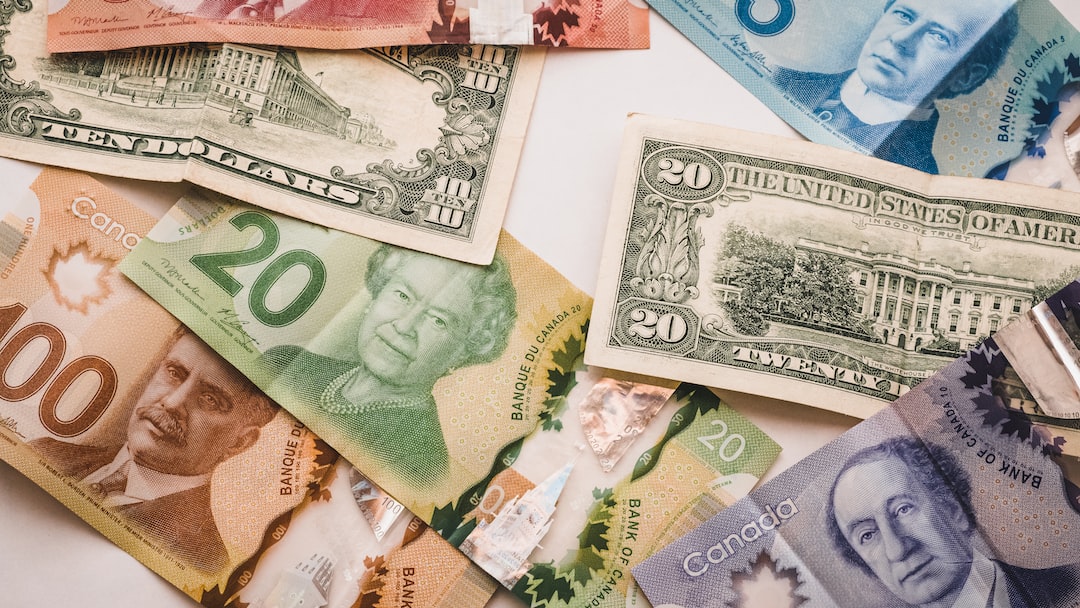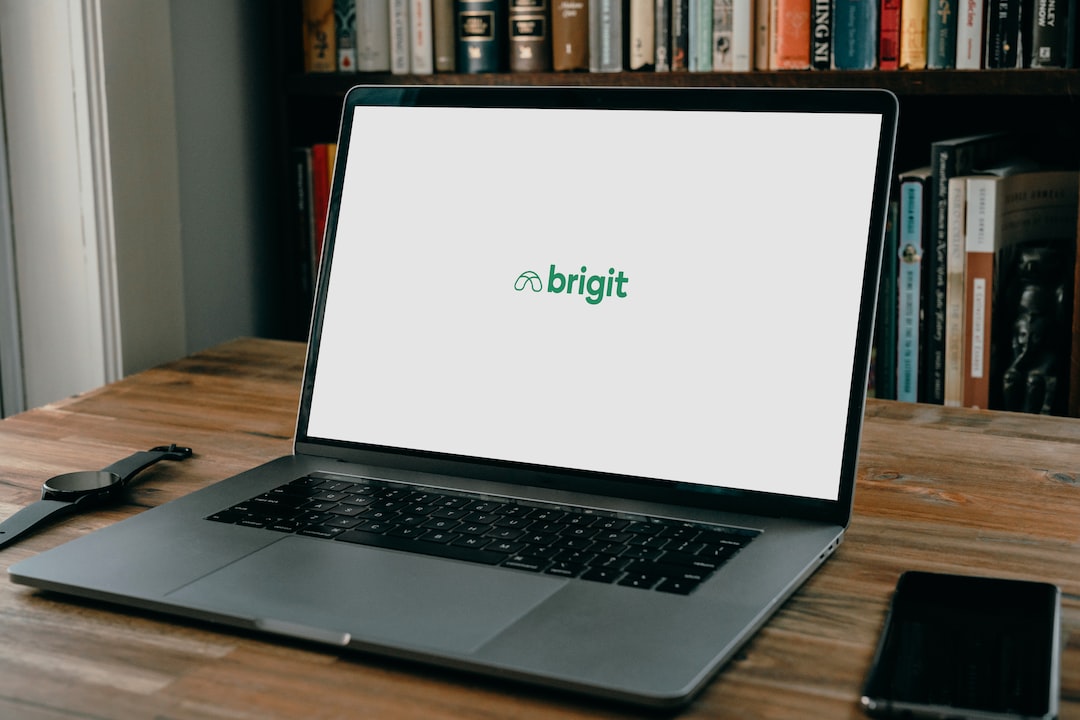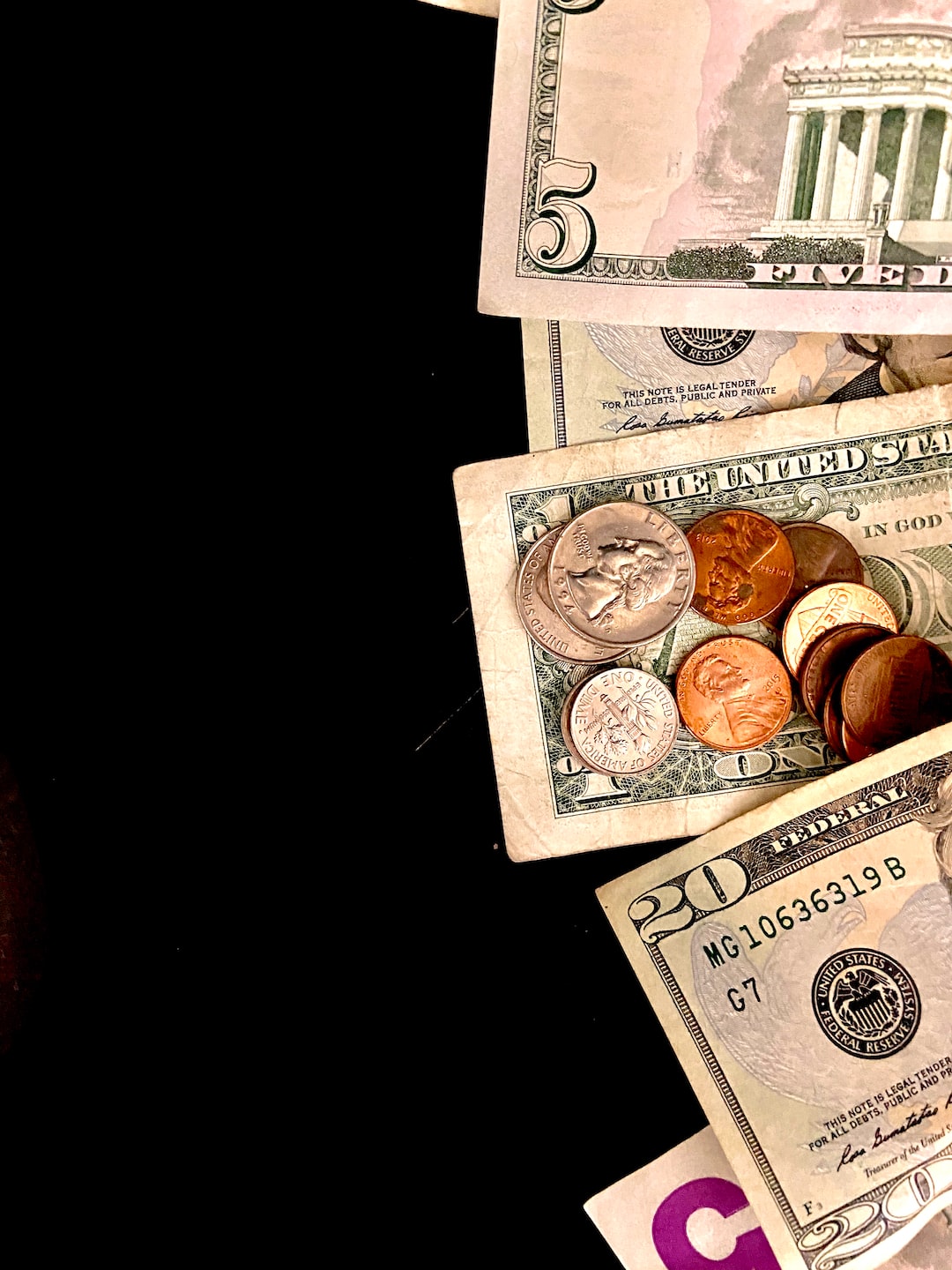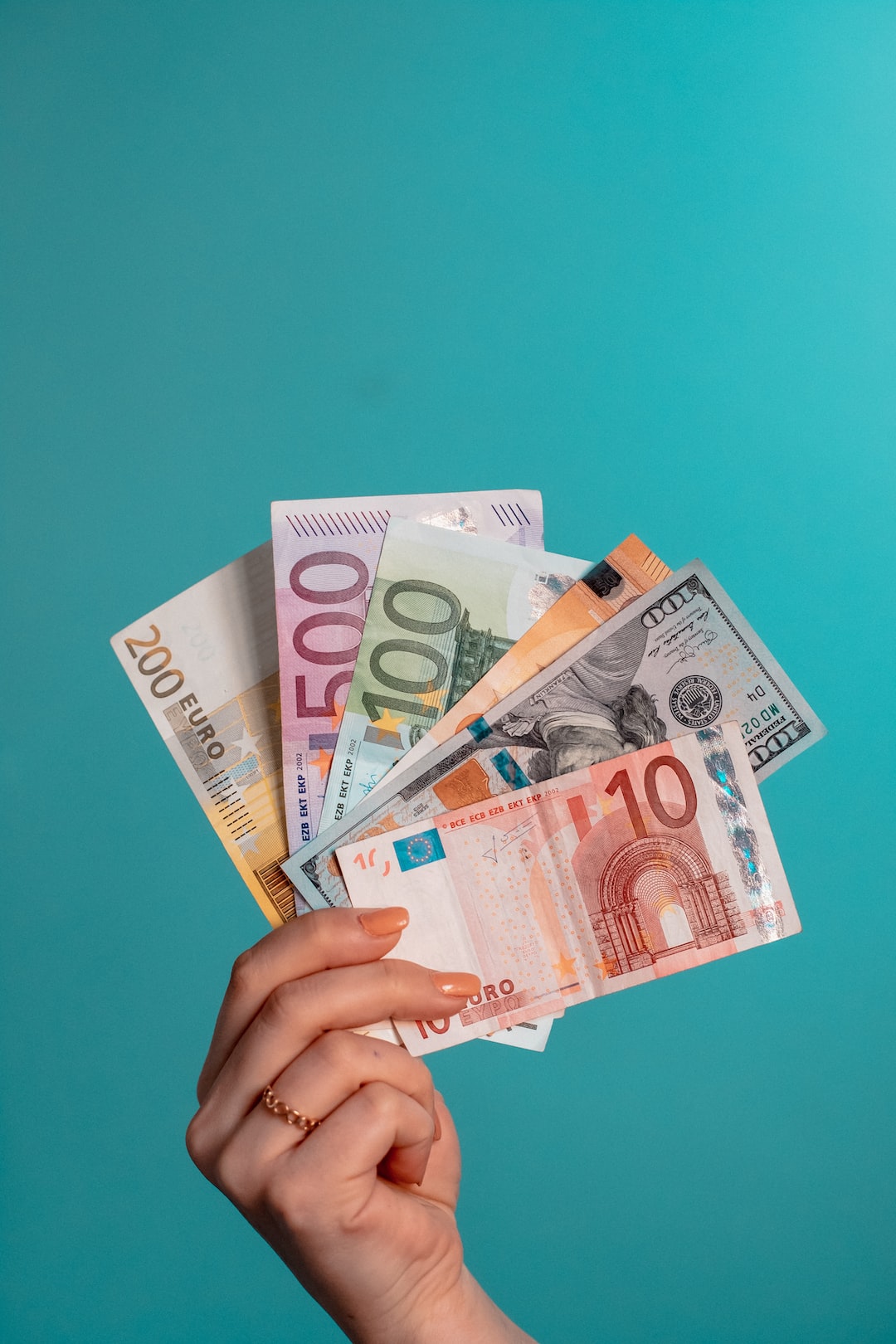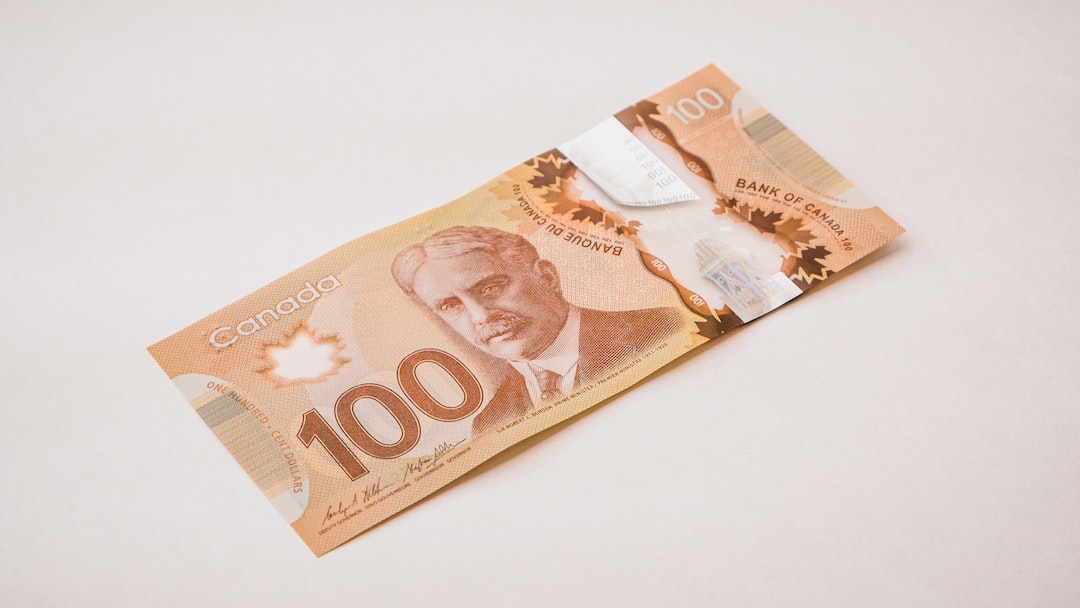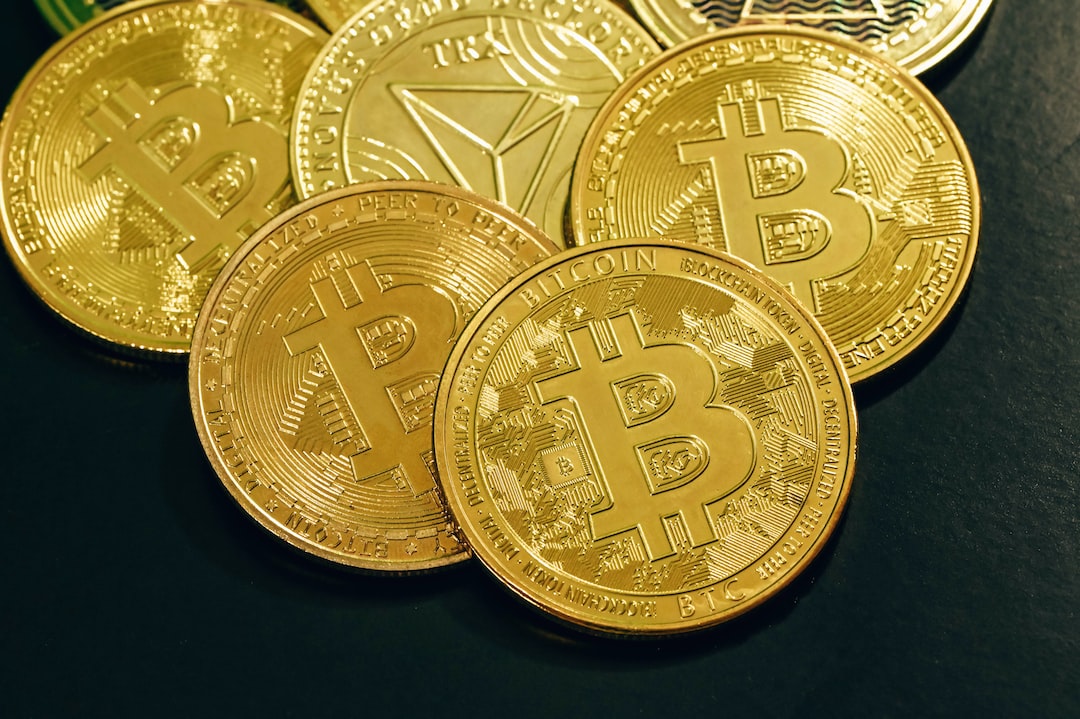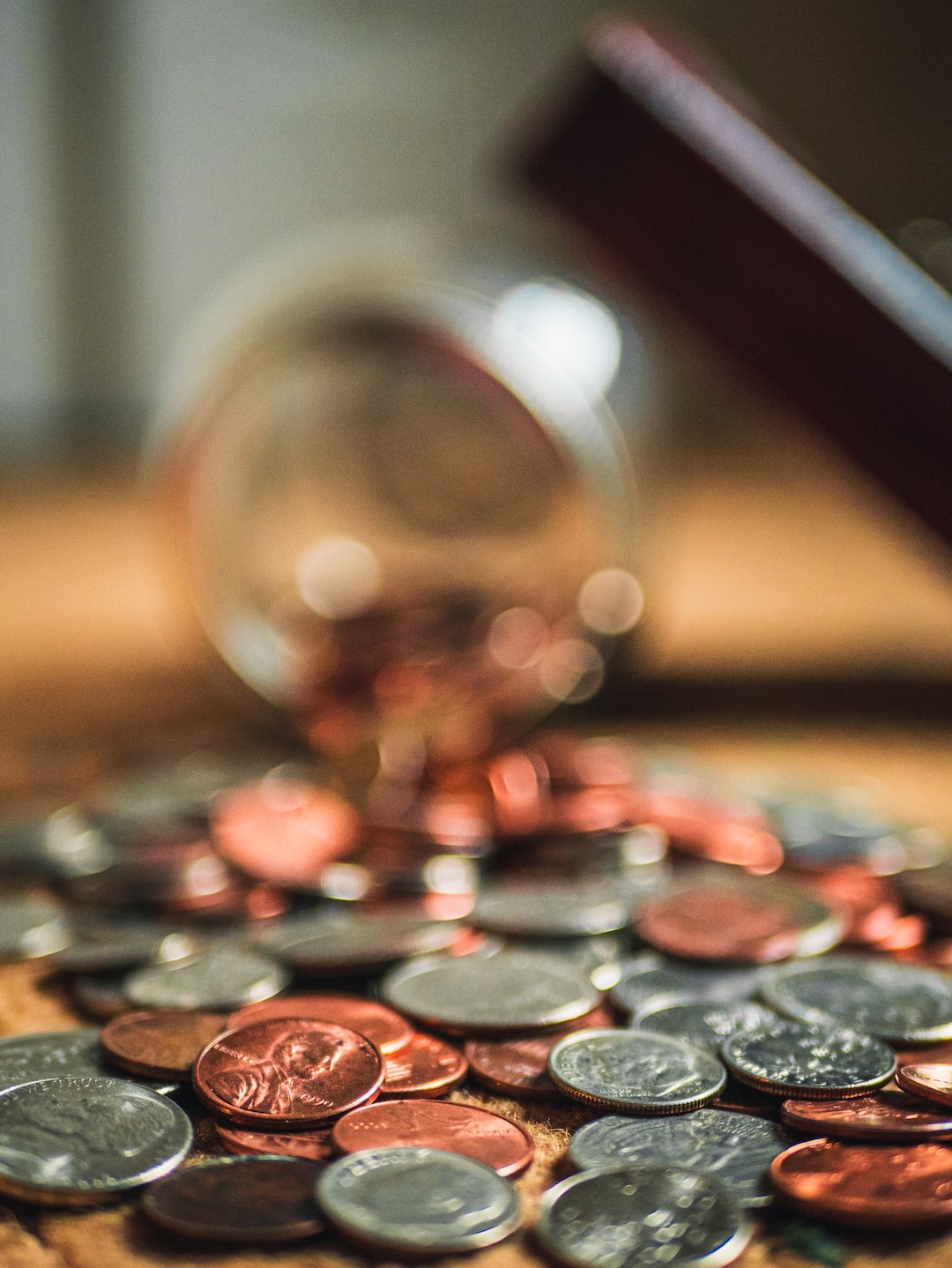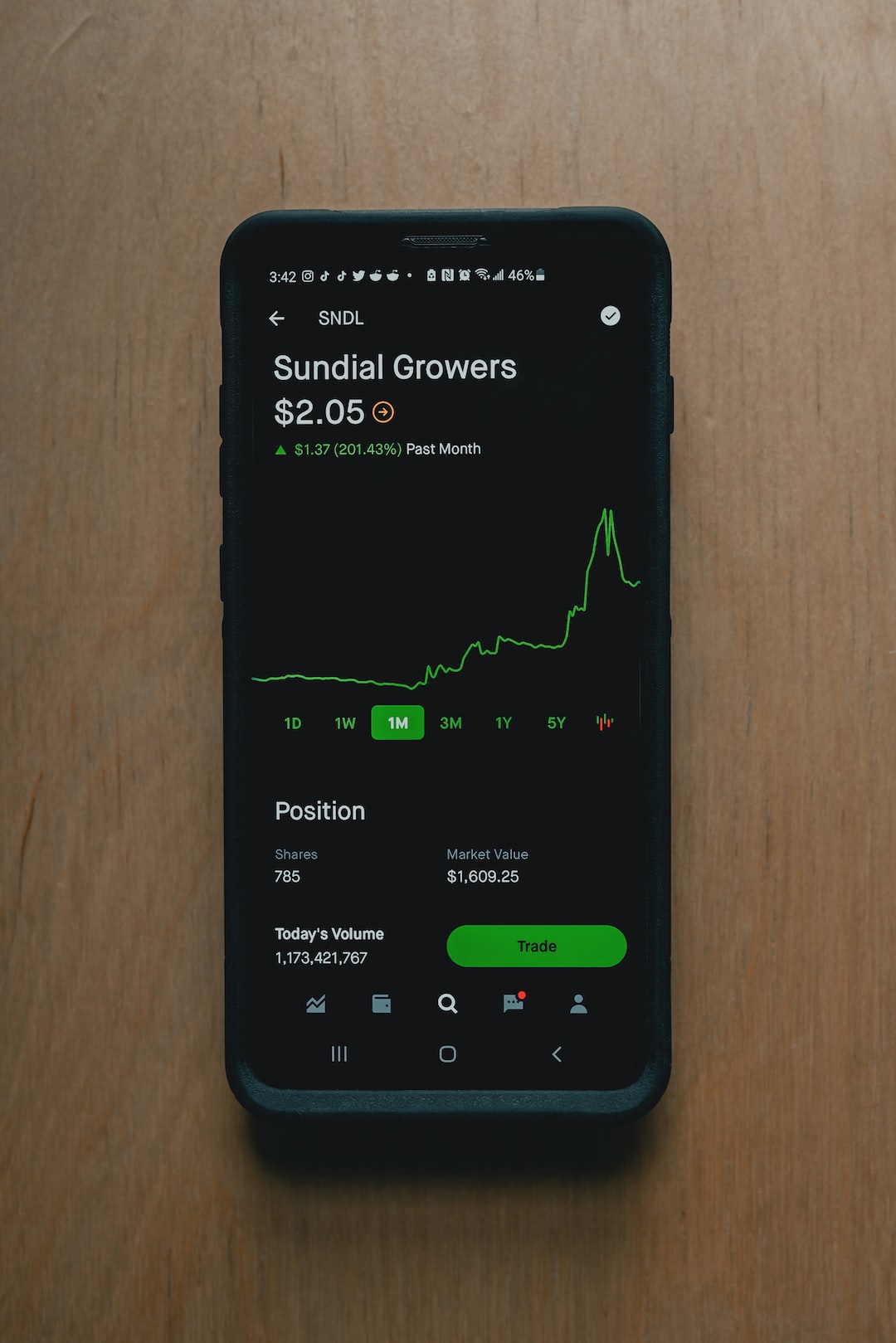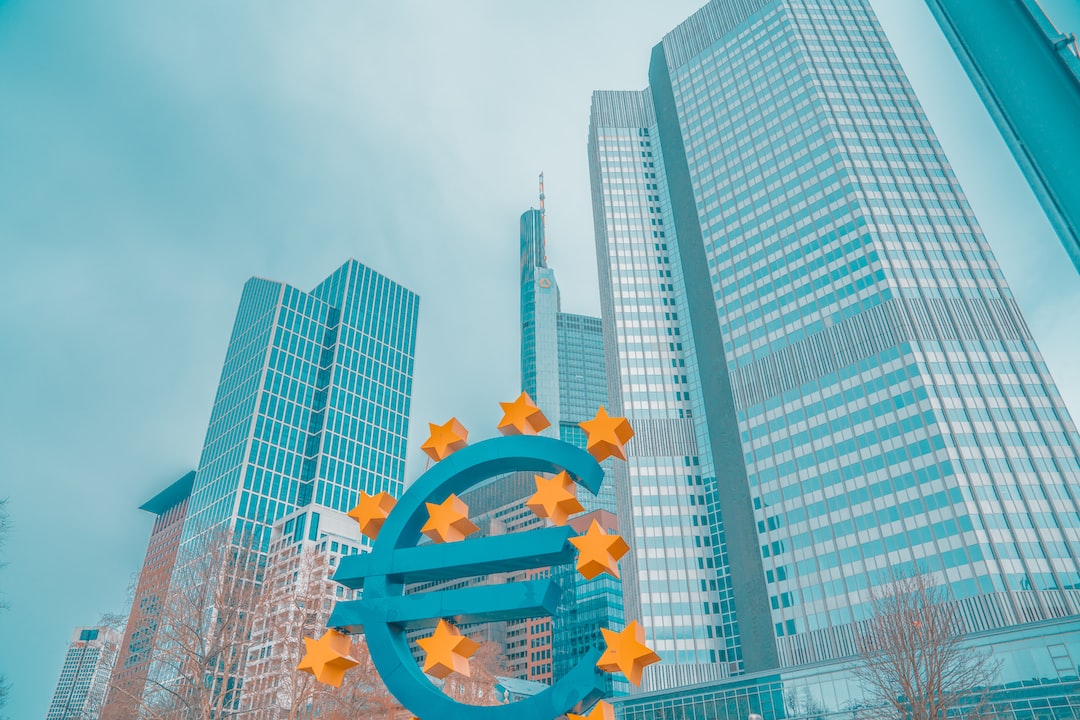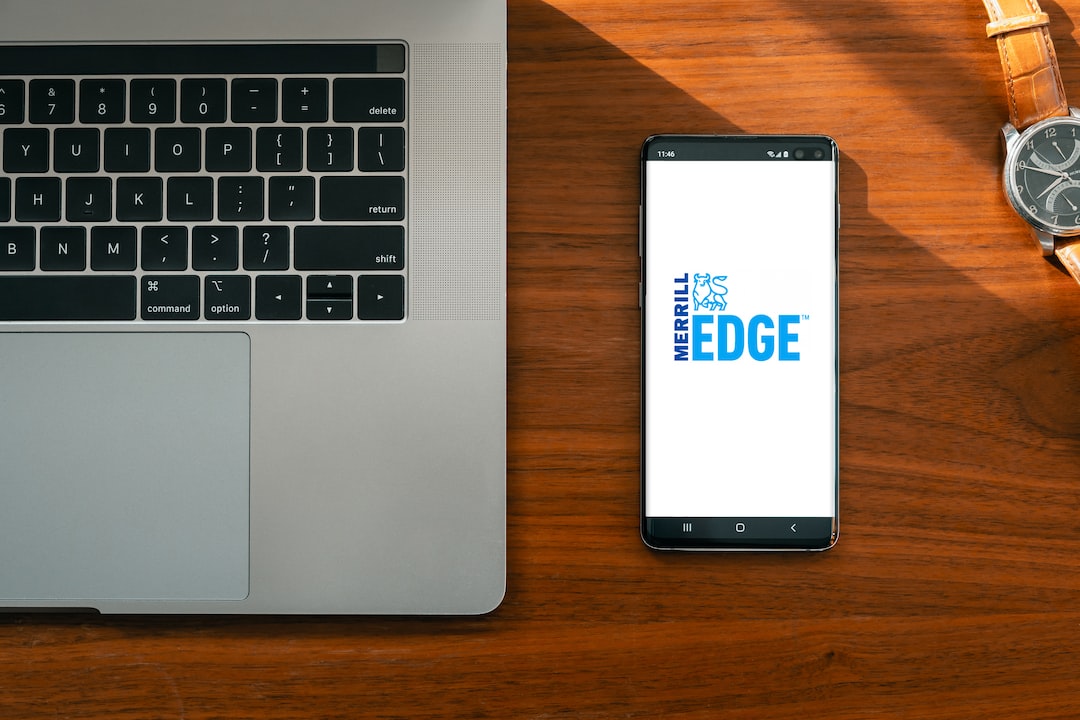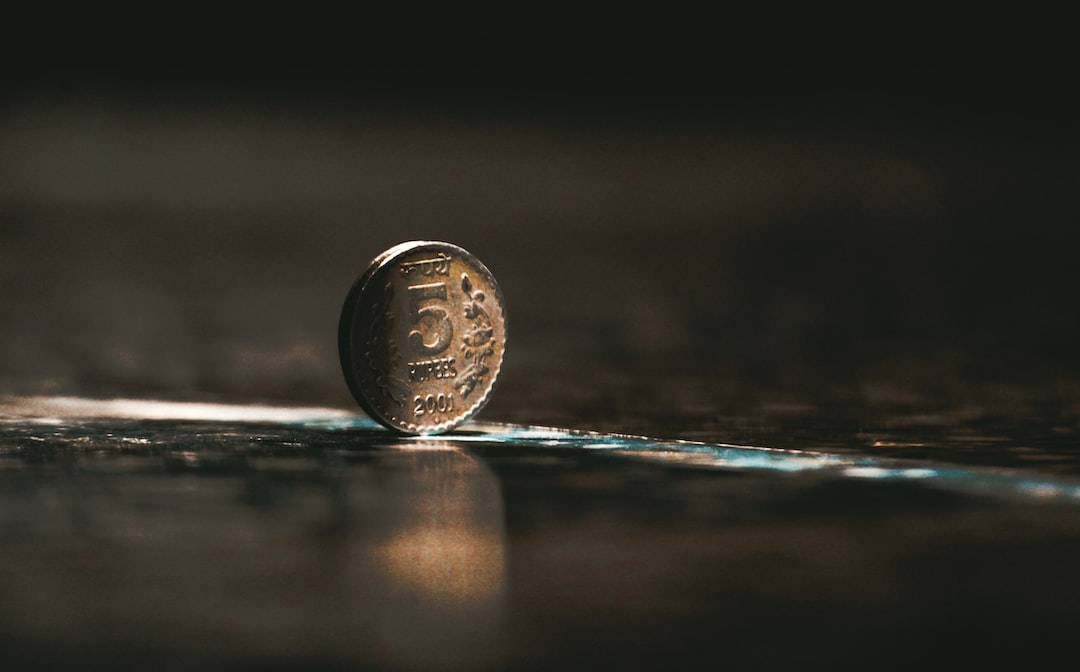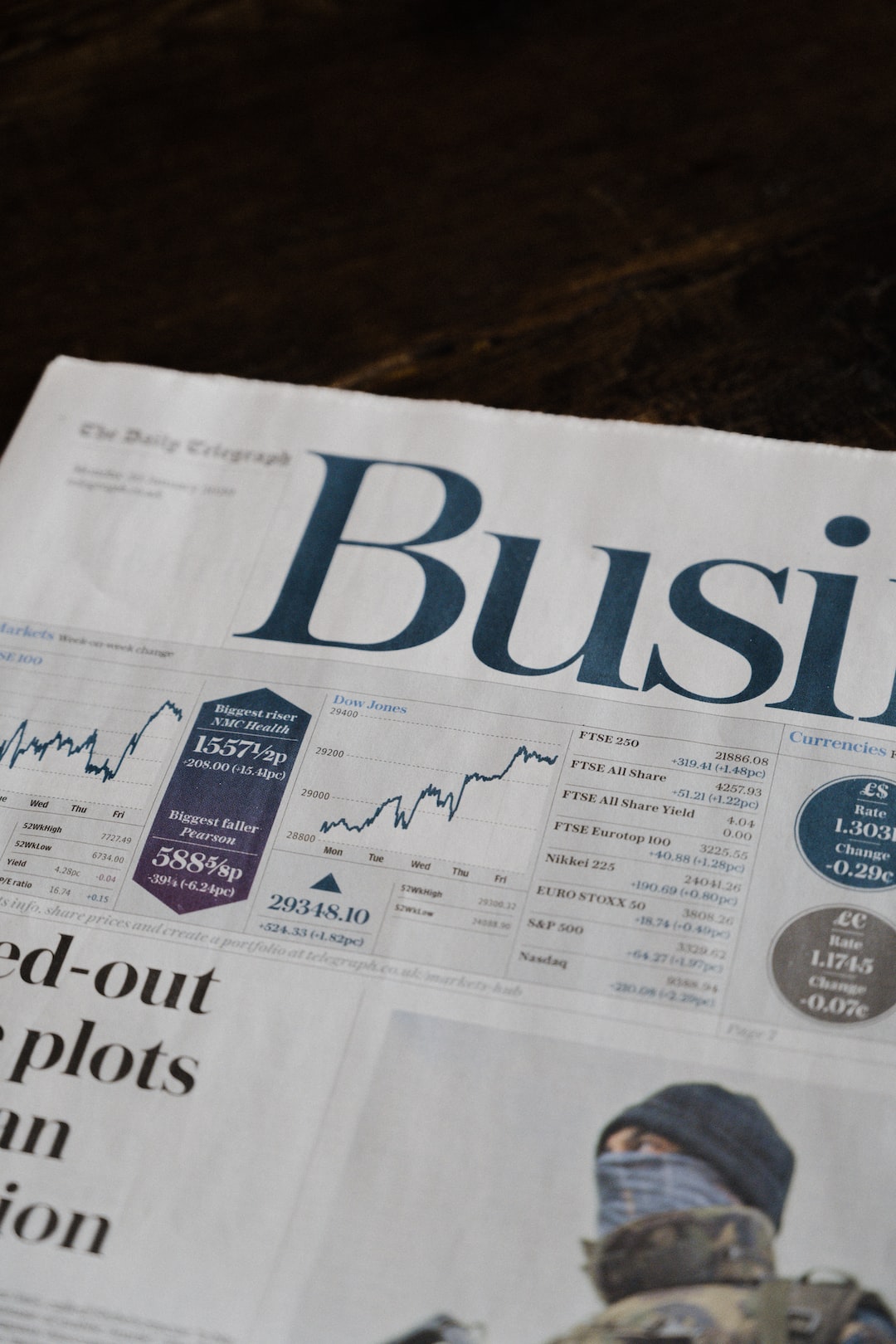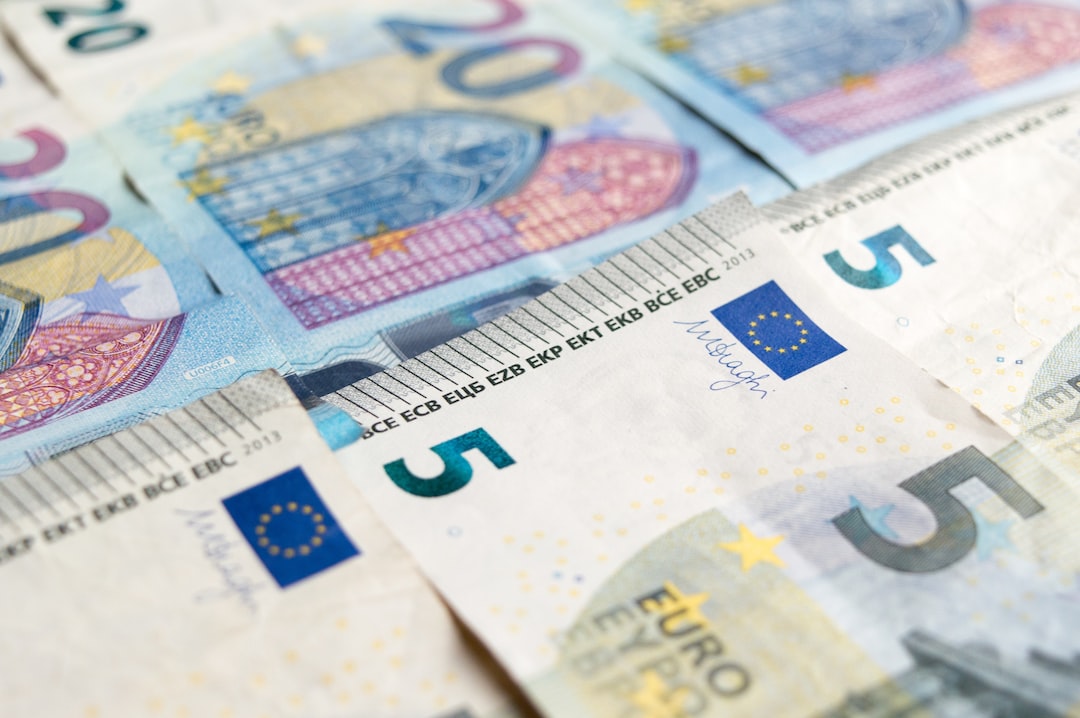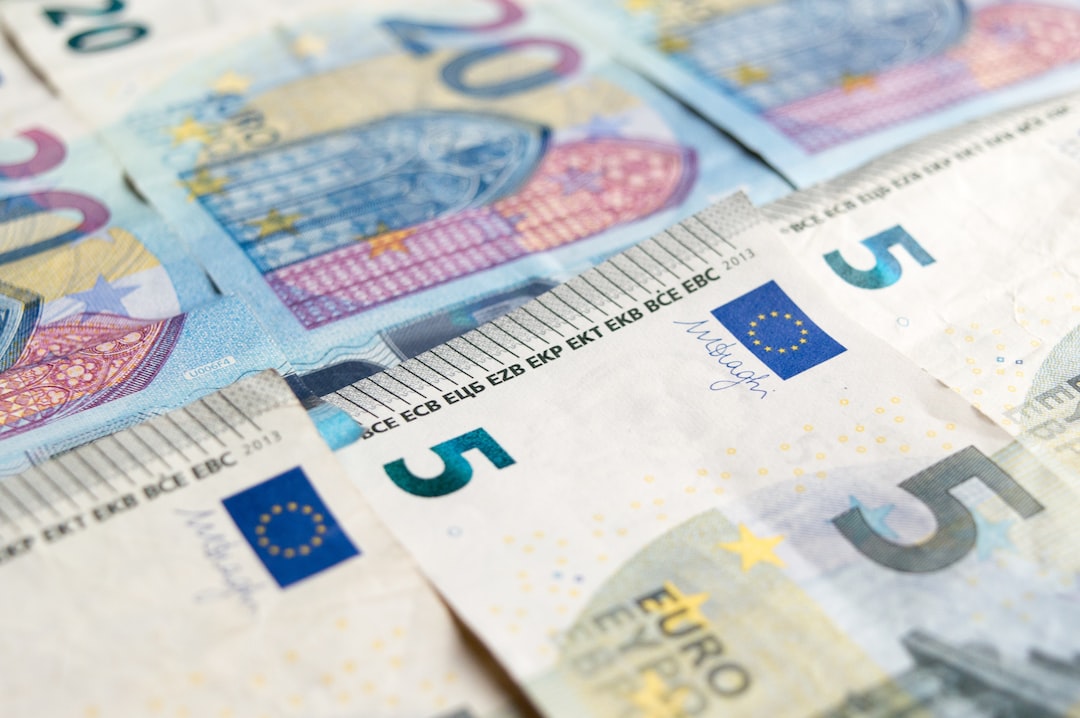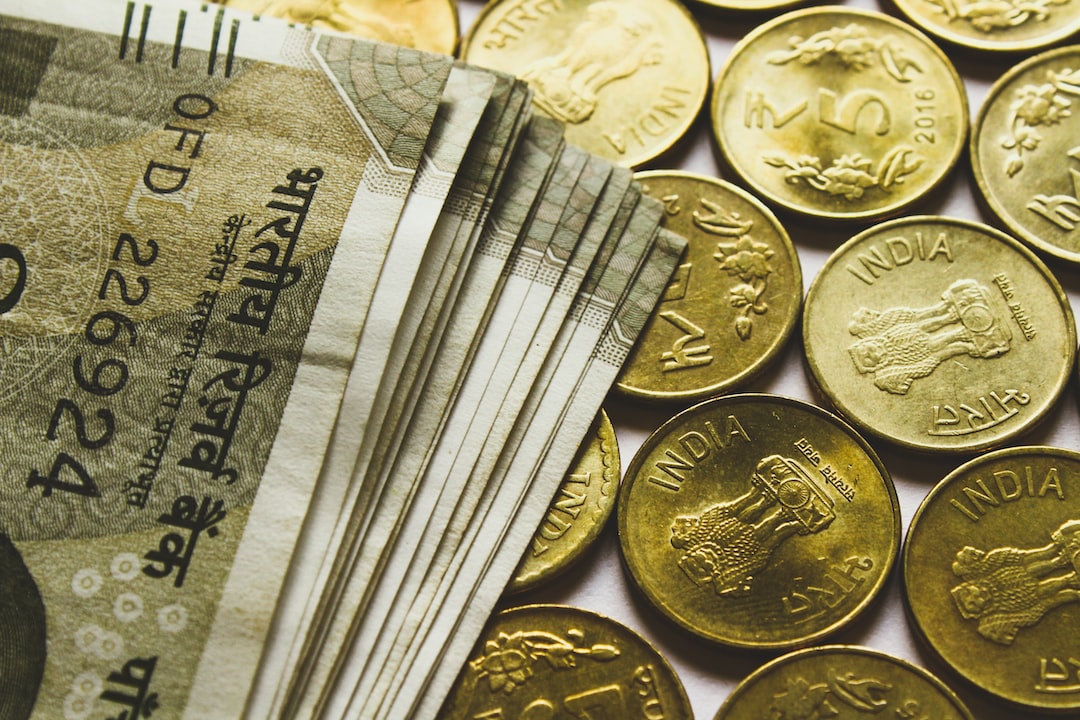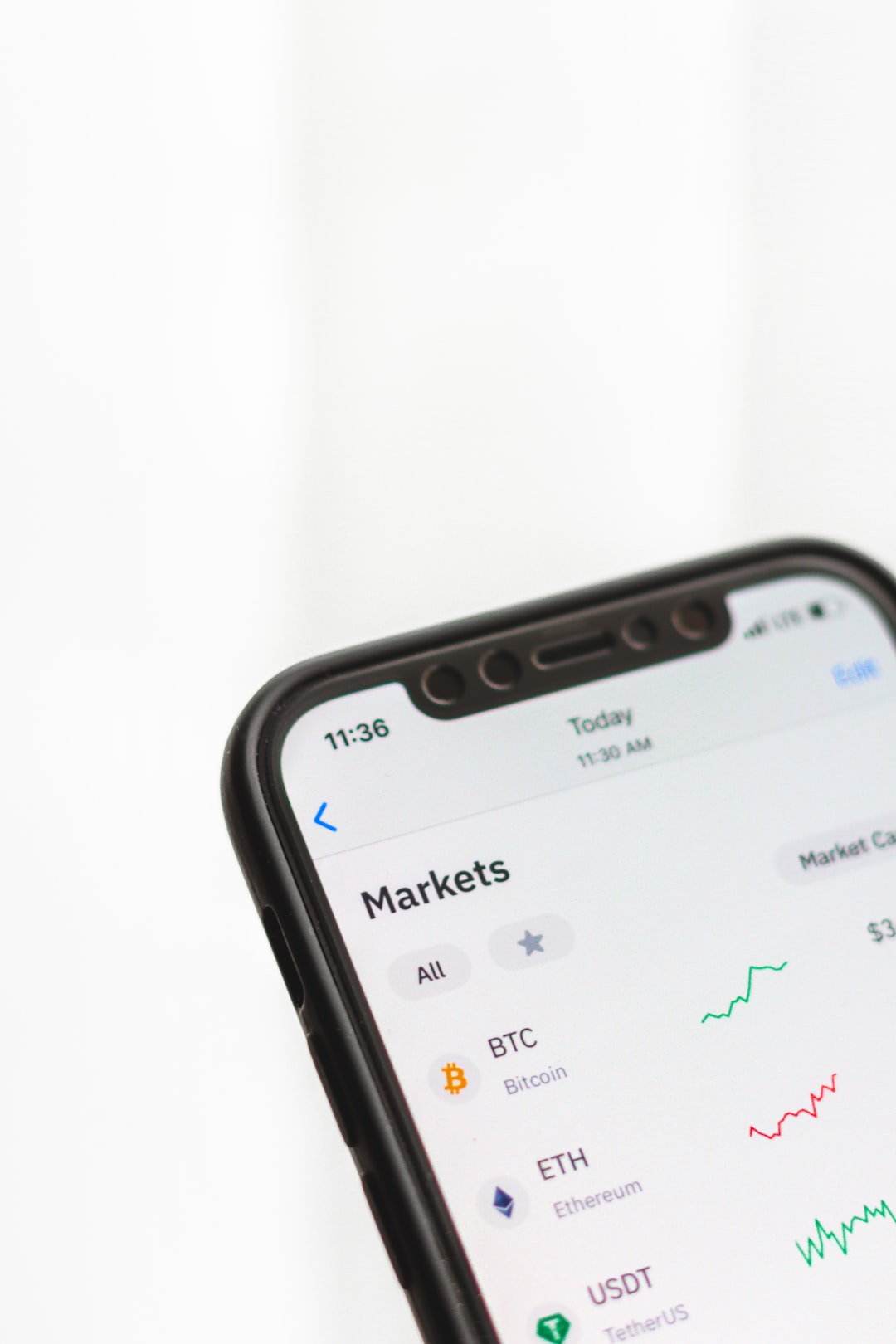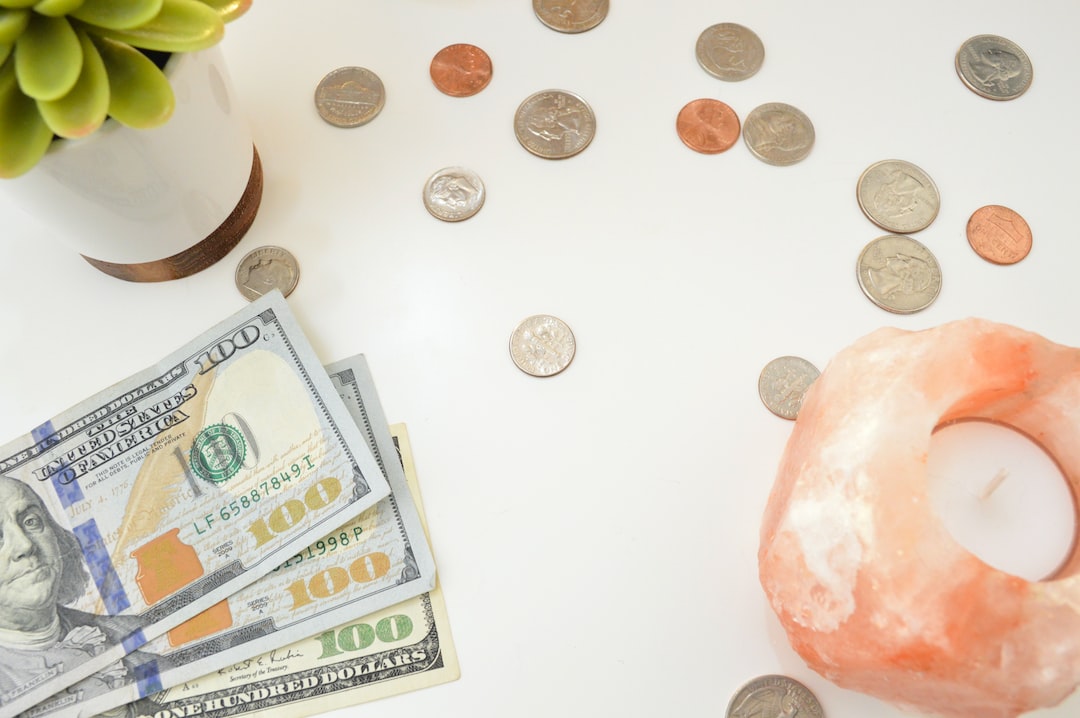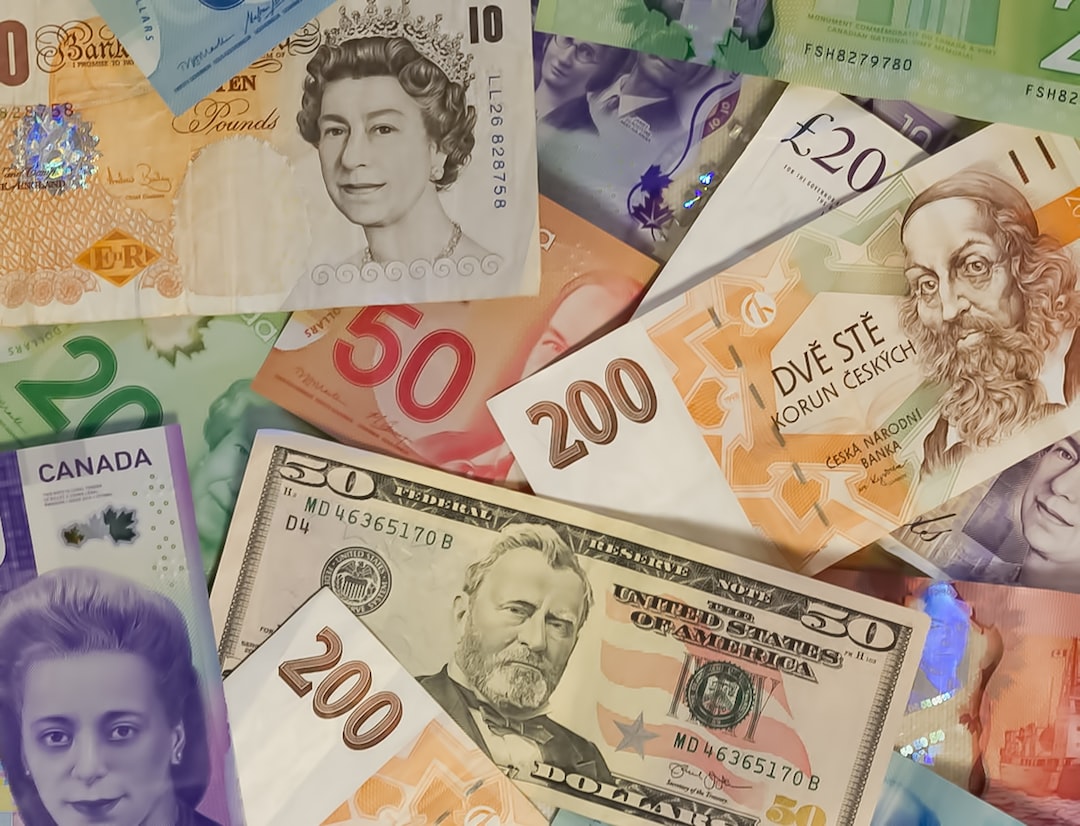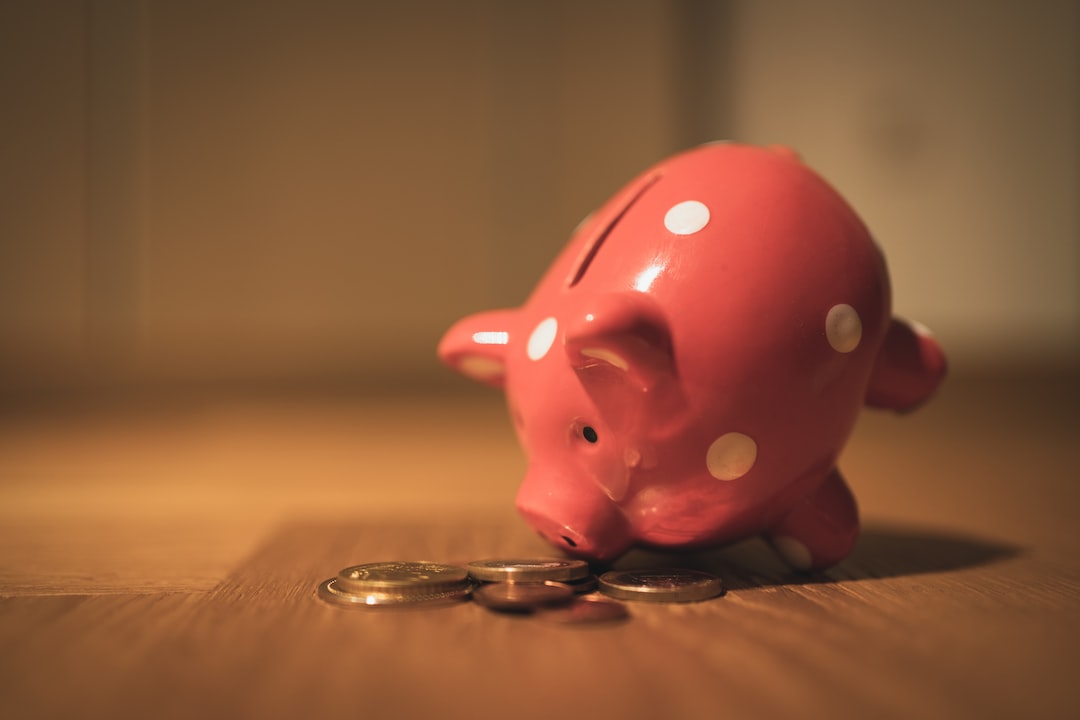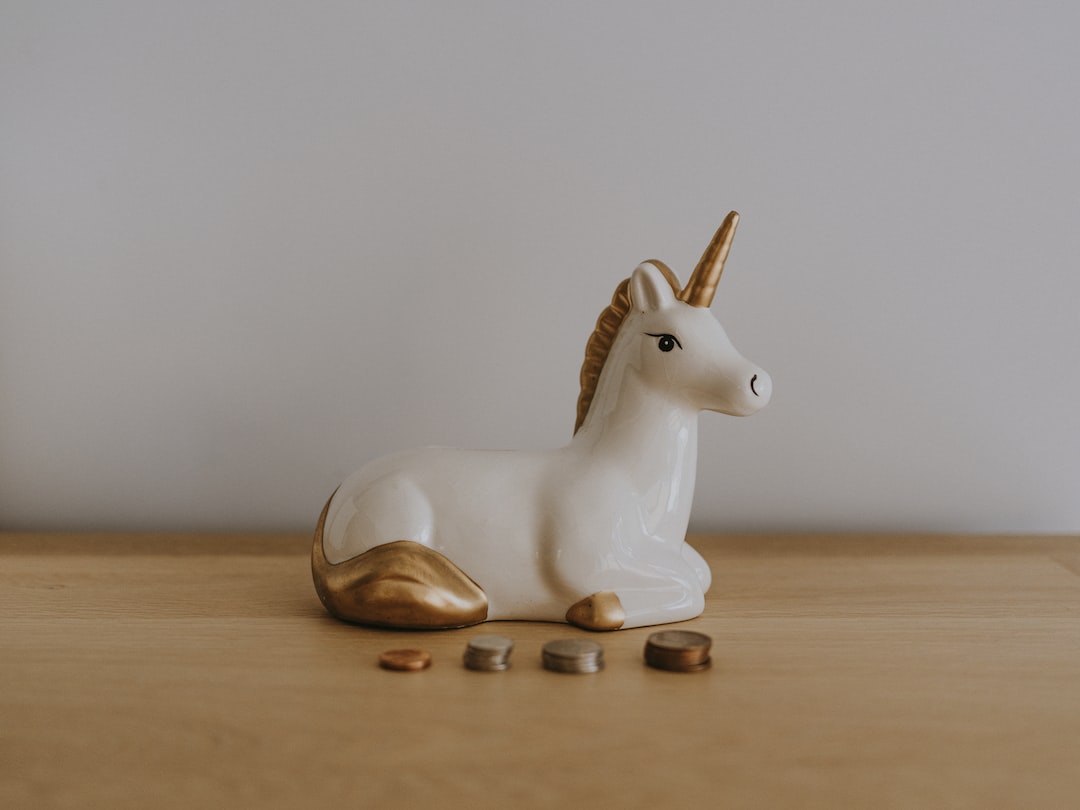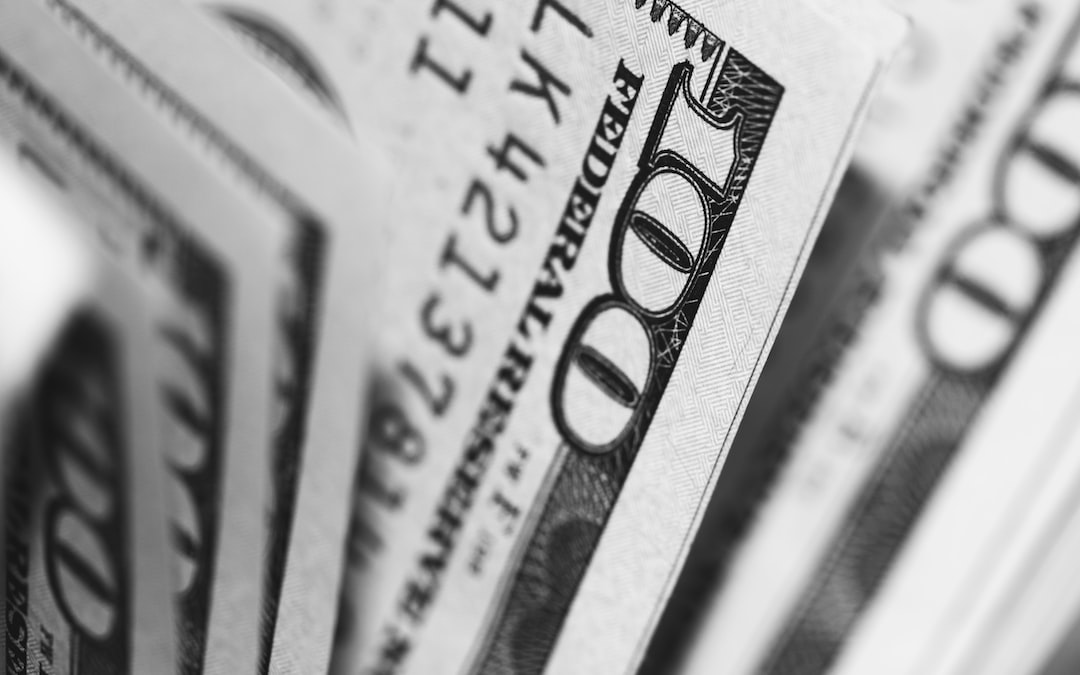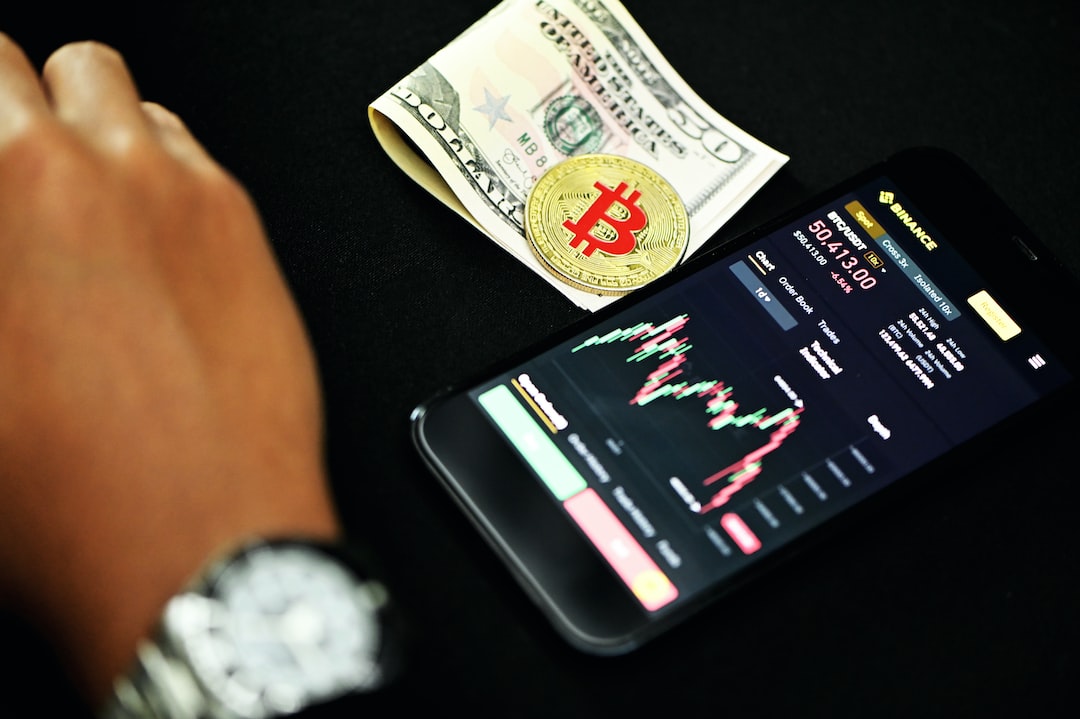Forex trading is a highly volatile market that involves buying and selling currency pairs with the aim of making a profit. However, it is not uncommon for traders to encounter negative units in their forex trading account. Negative units occur when a trader’s account balance falls below zero, which means they owe the broker money. In this article, we will explore how negative units can occur and how forex traders can avoid them.
What are units in forex trading?
Before we delve into negative units in forex trading, it is essential to understand what units mean in forex trading. Units, also known as lots, are the standard size of a forex trade. A lot is a predetermined amount of currency that a trader buys or sells in a single trade. Forex brokers offer different lot sizes, such as standard, mini, and micro lots.
For example, a standard lot is 100,000 units of the base currency, while a mini lot is 10,000 units, and a micro lot is 1,000 units. The unit size determines the profit or loss a trader makes in a trade. The larger the unit size, the more significant the potential profit or loss.
What are negative units in forex trading?
Negative units in forex trading occur when a trader’s account balance falls below zero. It means that the trader owes the broker money, and the broker can demand payment. Negative units can be a result of losing trades or insufficient account balance to cover the losses. Forex brokers have different policies on negative balances, and traders should read and understand the terms and conditions before opening an account.
How can you have -10 units in forex?
Having -10 units in forex means that a trader’s account balance is negative, and they owe the broker ten units of currency. For example, if a trader has a trading account with a balance of $1,000 and opens a trade with a standard lot size of 100,000 units, their margin requirement would be approximately $1,000. However, if the trade goes against the trader, and they lose 10 units or $100, their account balance would be $900.
If the trader does not have enough funds in their account to cover the loss, their account balance would fall below zero, resulting in negative units. In this case, the trader would owe the broker $100, which is the negative balance.
How to avoid negative units in forex trading?
Forex trading is risky, and traders should take measures to avoid negative units in their trading account. Here are some tips to avoid negative units:
1. Use proper risk management: Forex traders should use proper risk management techniques, such as setting stop-loss orders and limiting the percentage of their account they risk per trade.
2. Manage leverage: Forex brokers offer leverage to traders to increase their buying power. However, high leverage can magnify losses, leading to negative units. Traders should use leverage wisely and stick to a leverage ratio that suits their trading style.
3. Use a demo account: Forex brokers offer demo accounts that traders can use to practice trading without risking real money. Demo accounts provide an opportunity for traders to test their strategies and learn how to manage risk.
4. Read and understand the broker’s terms and conditions: Forex brokers have different policies on negative balances. Traders should read and understand the terms and conditions to avoid any surprises.
Conclusion
Negative units in forex trading can occur when a trader’s account balance falls below zero, resulting in owing money to the broker. Forex traders should use proper risk management techniques, manage leverage, use a demo account, and read and understand the broker’s terms and conditions to avoid negative units. Forex trading is risky, and traders should be aware of the potential risks and take necessary measures to protect their trading account.

